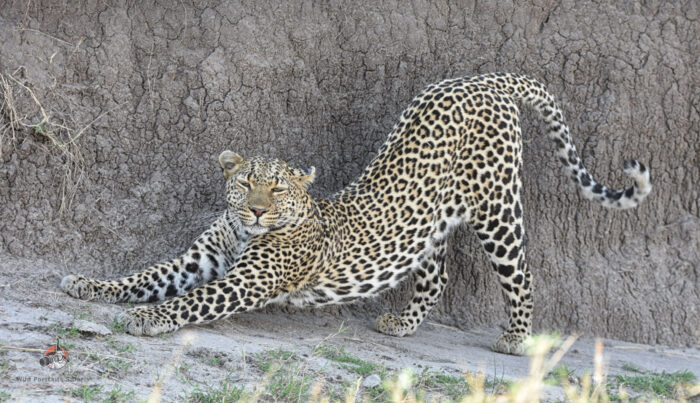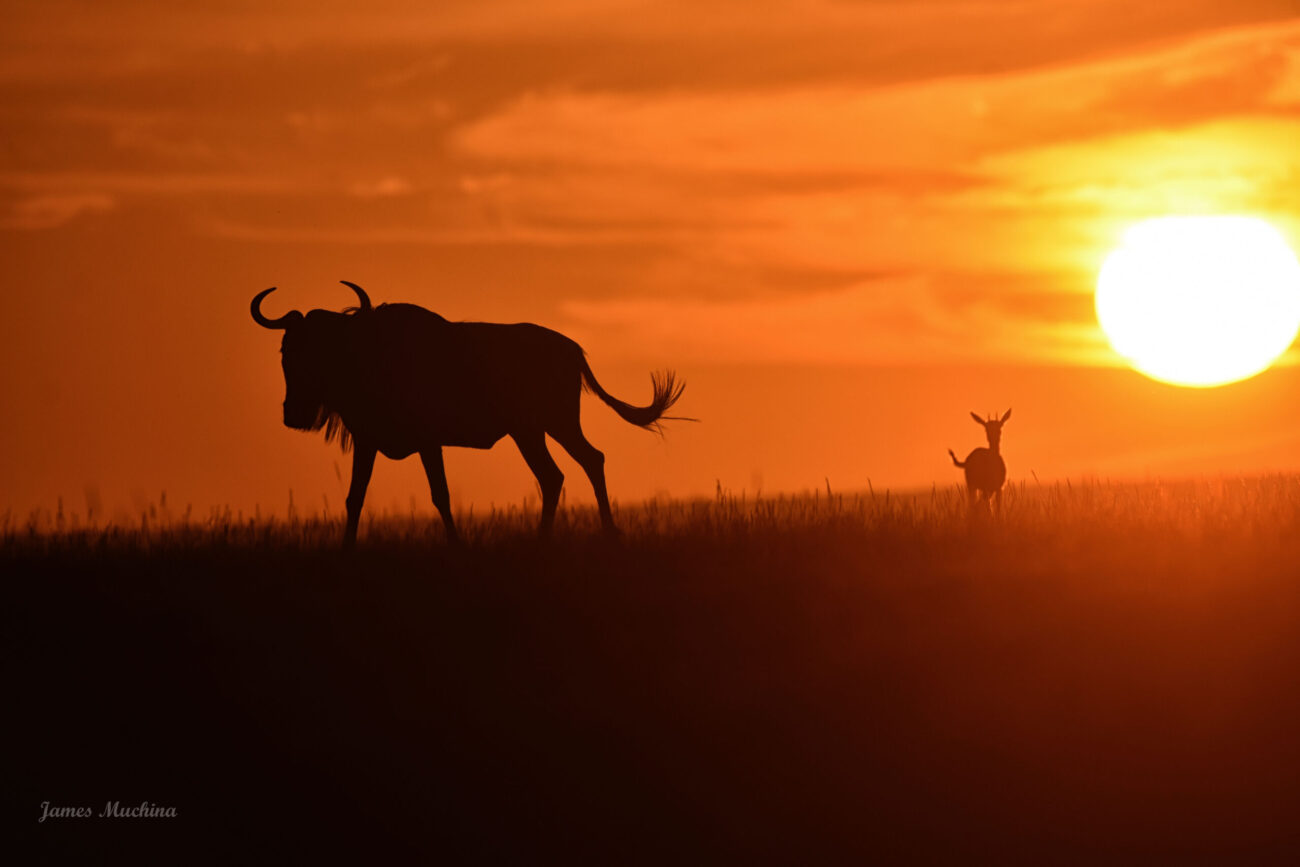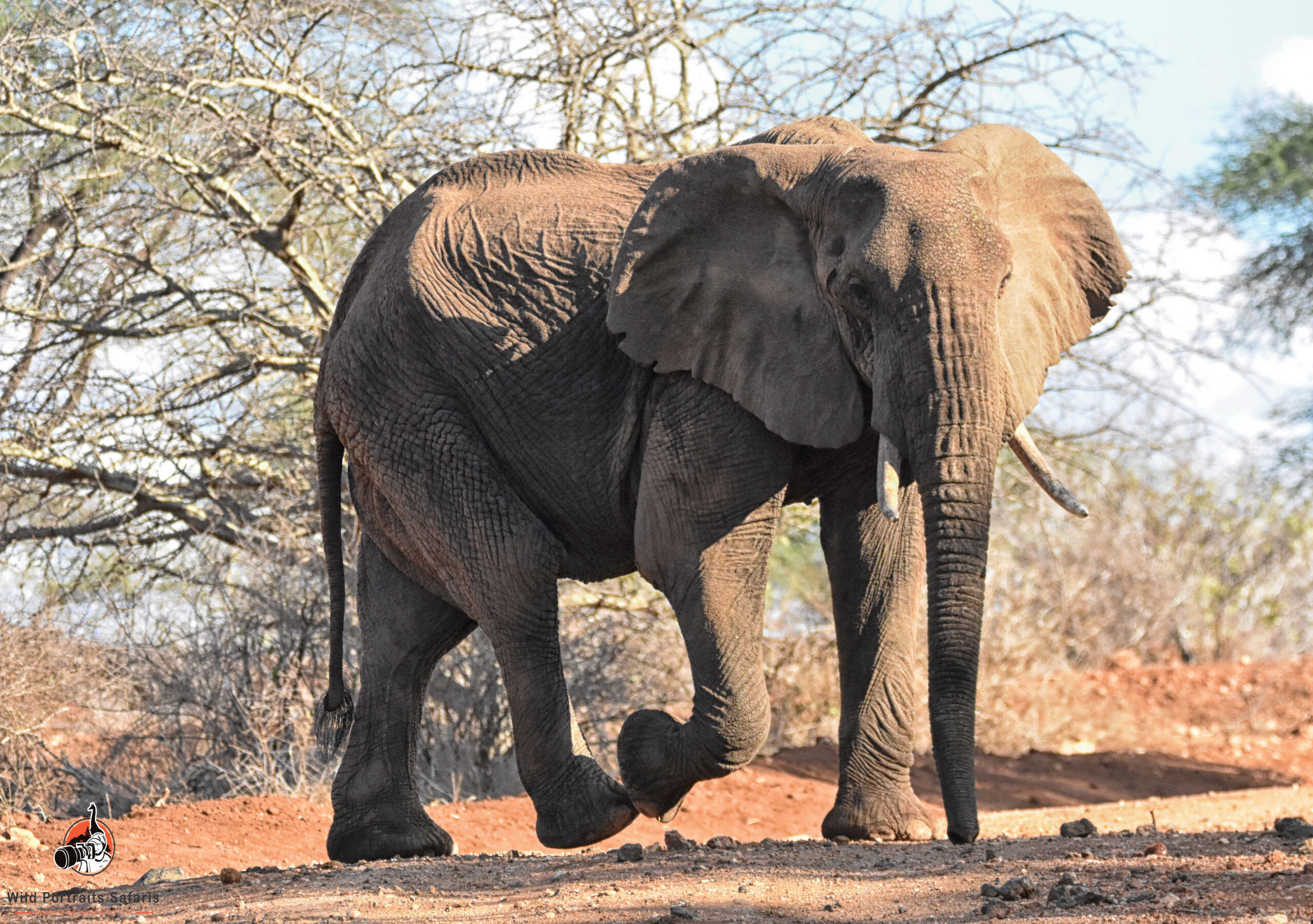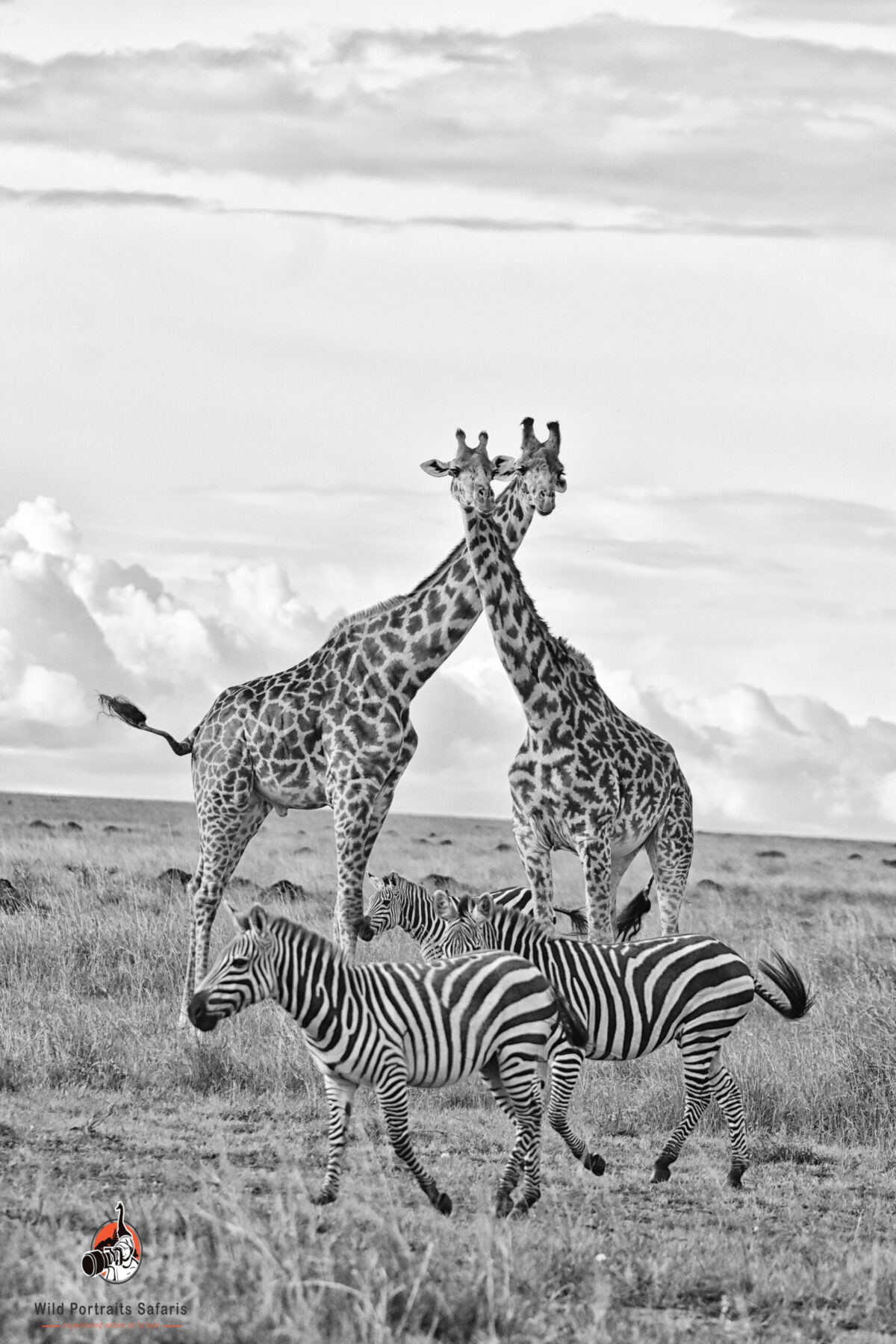The big five Africa safari is all about some incredible five mammal species. The name big five was coined by trophy hunters who were on hunting expeditions back in the day. This were the most dangerous and difficult Animals to hunt. Today they are hunted using the lens by tourist on Africa safari adventures. Kenya is one of the best safari destinations in Africa to see the big five
What are the big five animals?
1 The Lion
Majestic and commonly referred to as the king of the jungle
Life span 12-15 yrs
Gestation 3.5 months
Weaned at 7-10 months
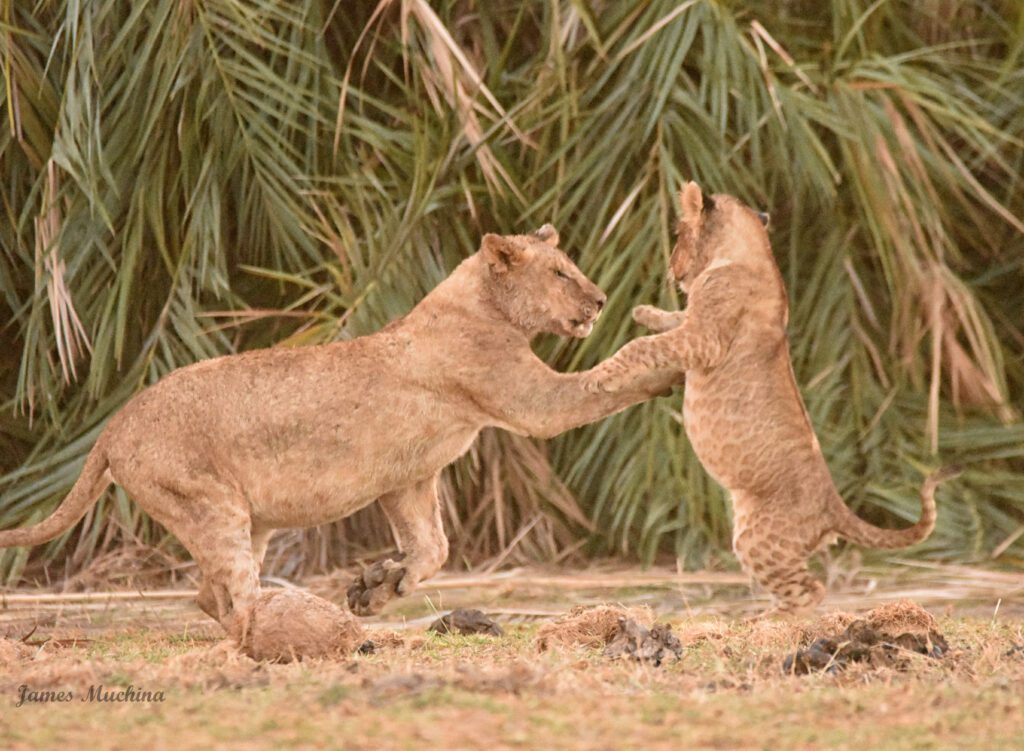
Largest African carnivore
Females allo suckle
Predominantly nocturnal, also active in the day
Manes Fully developed by 5 yrs
Males leave pride at 2-3 years
Females remain in natal pride
Males taking over a pride, kill any cubs up to a year old fathered by another male.
Infanticide induces females into oestrus again
Roaring can be heard 5 km away
2 Leopard
Life span 12-15 yrs
Gestation 3 months
Weaned at approx. 3 months
Haul Prey up to 3 times its own size in trees
Predominantly nocturnal
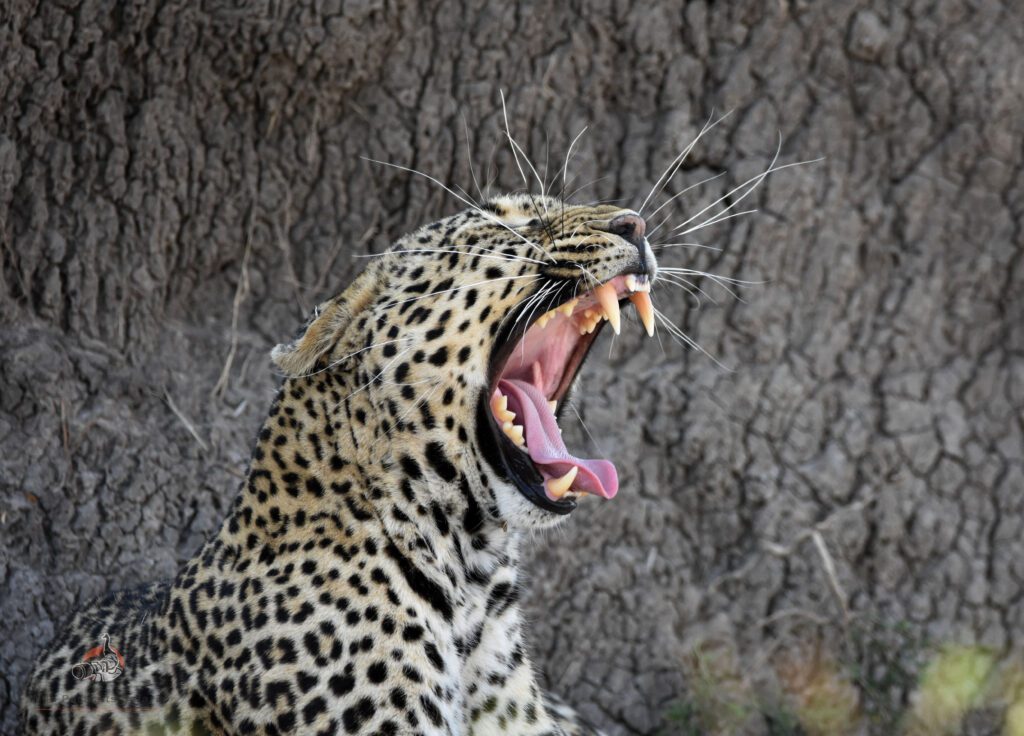
Solitary
Do not roar but make a repeated rasping cough
Defend territories
3 African Elephant
Life span 60 -70 Years
Matriach leads a breeding herd of related cows and calves
Bulls tusks are bulkier but females tusks tend to be longer
Females remain in their natal herd, males leave a breeding herd at the age of 12- 15 years old
Bulls become solitary or form bachelor herds with a dominant hierarchy
Males testes are contained within the body near the kidneys
They have no scrotum
Temporal glands, situated behind the eye, below the ear secrete a strong smalling fluid when the elephant is excited or under stress.
Do not sweat but use their ears(with a network of veins behind the ears) to lower body temperature., they splash water, mud or sand over their bodies.
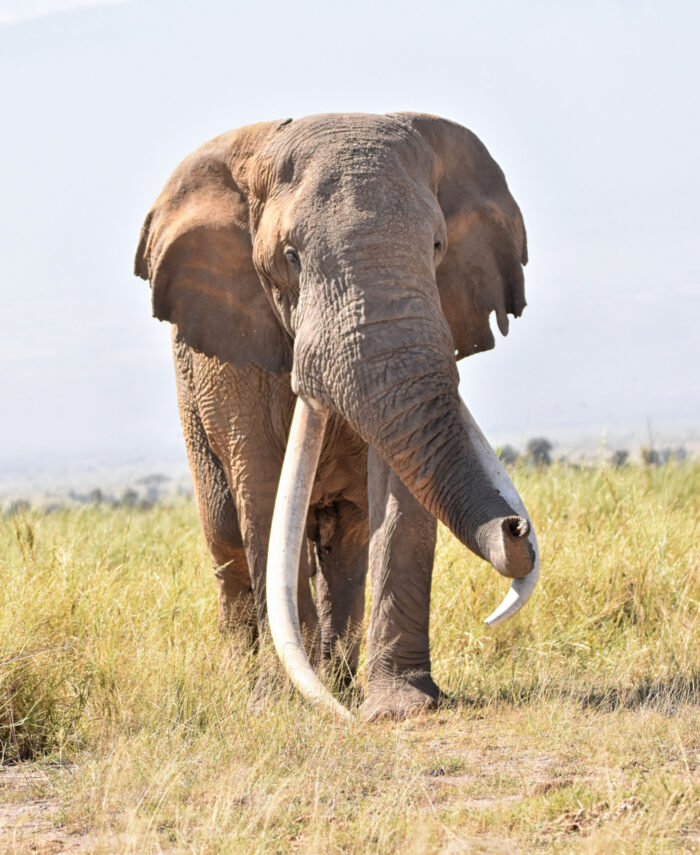
Low frequencies transmitted through the ground can be picked up through their sensitive feet
Largest brain of any land mammal
Skin can be 1.5 inches thick in certain areas, especially on the legs and trunk
Thin in areas behind the ears
Exess skin and wrinkles trp moisture, which takes longer to evaporate
Wallowing and bathing in mud protects the elephant from the sun and insects and maintains skin condition
Thick skin and a thin layer of fat beneath, anables the elephant to tolerate cold temperatures
4 The Black rhino
Anterior horn 0.5-1.3m long, cows horns are longer and more slender , posterior horn can be as long as anterior horn
Can run approx. 45km/h
Head short and compact
Shorter rounder ears than white
Prehensile upper lip

Back more concave than white rhino
Tail held out straight when alarmed
Cleft in the rear foot track not prominent
Hump on neck is not very obvious, walks with head held high
More solitary than white Rhino
Cheek teeth are cusped, ideal for nipping off twigs
Mark territory with large communal dung middens
Bulls also spray urine onto bushes, practise ground scuffing and vegetation horning
5 The Cape Buffalo
Bulk grazer and water dependent
Can run approx. 55 km/h
Gregarious -not territorial, but have home ranges
Males and females have a dominance hierarchy within the herd
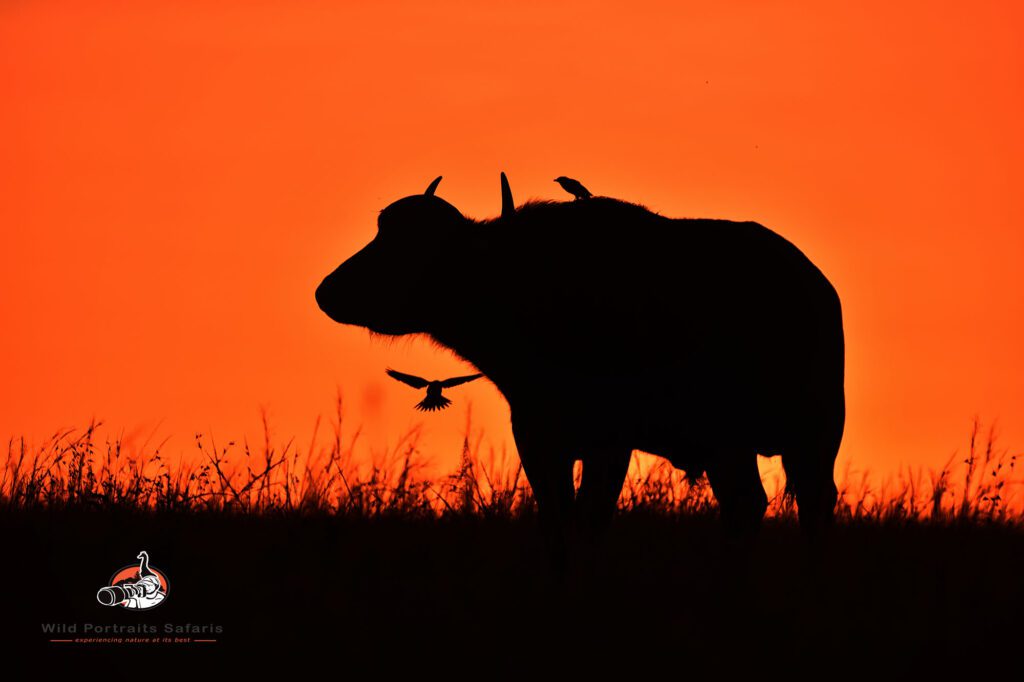
Old bulls become solitary or form small bachelor herds
Herds will defend an individual being attacked by predators
Calves remain in the centre of the herd
Where are the Big five found?
The big five can be found in several parks and reserves in Kenya. Some of the parks and reserves are a one stop shop for the big five africa safari but due to the elusive nature of especially the black rhino and the leopard, we recommend taking a combination of different parks and reserves. This greatly improves your chances of seeing the big five on safari, in their natural habitat. Some of the best places to see the Rhino are the Olpejeta conservancy, Solio ranch, lewa conservancy, Lake Nakuru, Tsavo West, and the Masai Mara.
Best places to see the elusive leopard are Tsavo West, Lake Nakuru, Samburu national reserve and the Masai Mara.
Best Places to see the African elephant in Kenya are Tsavo East and West, Amboseli, Samburu and Masai Mara
The buffalo are common and you can see them in most of the parks and reserves in Kenya
The best places to see lions in Kenya are Samburu National reserve, Lake Nakuru (tree climbing lions) Masai Mara, Amboseli, Nairobi National park, Tsavo East.
Below are our best big five safaris, they give you the best chances of seeing the big five.

